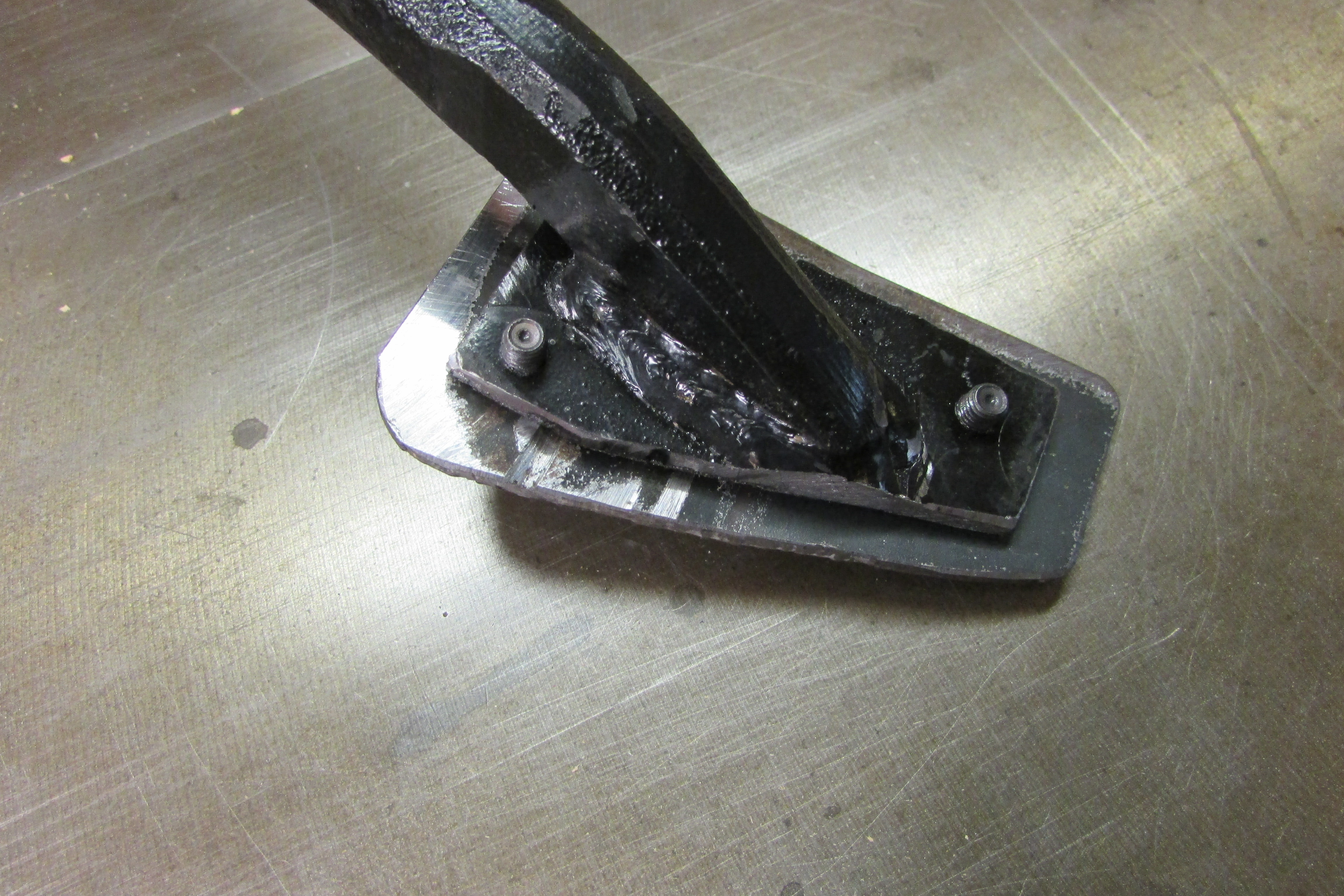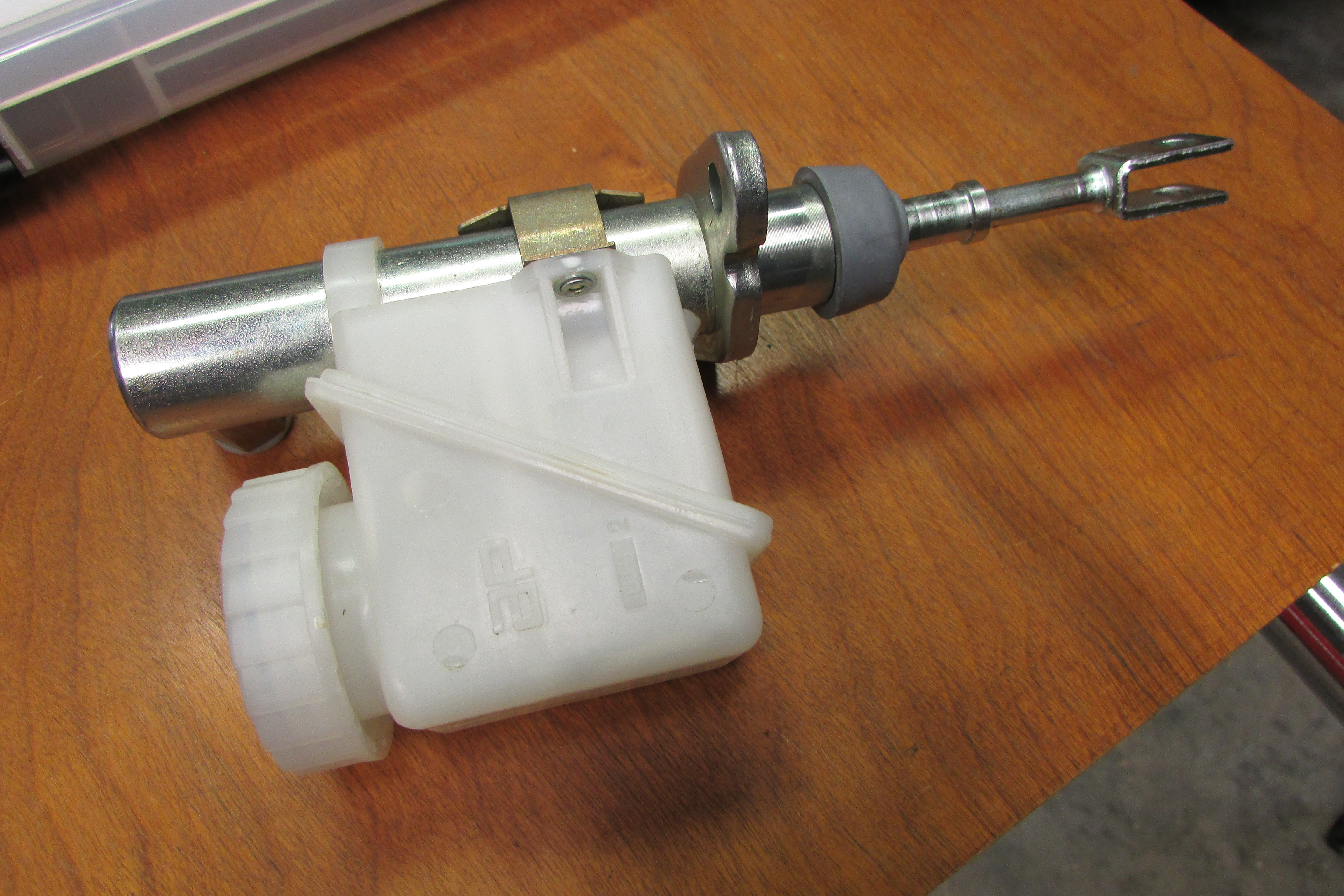1997 Jaguar XJR manual gearbox swap
- Published: 2024-02-14
Since I learned that the X300 generation of the Jaguar XJR (1995-1997) was available from the factory with a 5-speed manual gearbox, I'd wanted to have one in this configuration. Only 268 of the manual cars were made in total (roughly half of these in right-hand drive), and none of them came to North America. Fortunately, it is possible to convert an automatic car to the 5-speed with a kit of parts, and these parts are much more common than manual XJRs themselves because they can be taken from the XJ6 of the same generation. This conversion has been done several times by enthusiasts around the world.
As of February 2024, my XJR conversion is only partially complete. I put it on the back burner as other projects took priority. I hope to get back to it soon.
Years ago, very shortly after I bought my 1997 XJR, I got in touch with a Jaguar enthusiast in the UK who was somewhat familiar with the gearbox swap procedure. He was willing to assemble and ship a kit of parts including:
- Gearbox (Getrag 290)
- Dual-mass flywheel
- Clutch cover
- Engine/bellhousing adapter plate
- Rear prop shaft
- Rear gearbox mount/brace
- Gear shift linkage
- Stripped pedal box casting (X300, RHD)
- Complete pedal box w/ clutch and brake master cylinders (XJ40, RHD)
- Miscellaneous hardware
Pedal box
This turned out to be the area of the project that required the most customization. I only had the original LHD automatic pedal box, a RHD manual set (but from the earlier XJ40 generation of the XJ), and a spare X300 box casting. Ideally, I would have a LHD manual X300 set that would simply bolt in, but these are very uncommon in general and extremely scarce anywhere but on the European continent.
The XJ40 pedal box casting is very different from the X300 casting because of how the brake booster is mounted, and the angle of the pedals is different between LHD and RHD as well. Even the distance between the brake pedal's end pivot and clevis hole is different between XJ40 and X300.
With the XJ40 casting unusable, I had to use one of the X300 castings. Oddly, even though they are all machined to accept a clutch master cylinder -- regardless of whether the part is destined for a manual or automatic car -- only the castings for the manual cars have the 1/2" hole drilled for the clutch pivot pin. After carefully building a fixture, I drilled the hole out to 15/32" and brought it up to 0.500" with a hand reamer. The pivot pin itself I was able to take from the XJ40 assembly.
Adding the hole for the clutch pivot allowed me to hang that pedal in the box, but being a RHD pedal, it came down in the wrong location. Fortunately, these pedals turned out to be easy to bend on a 10-ton press. I put a bit of a recurve in the clutch to bring it further to the right.
As I mentioned above, the XJ40 brake pedal was not very useful because of the difference in the mounting holes. I decided to modify my existing brake pedal by cutting down the wide pad and putting a slight bend in the arm.
My X300 accelerator pedal is completely different from the XJ40 accelerator: it's made of plastic and is angled sharply to the right. This isn't necessarily a problem, although the sharp back edge of the pedal tends to drag on the carpet along the transmission tunnel. There did not appear to be any easy way of moving this pedal to the left, so I plan to leave it as-is.
Clutch master cylinder
The original clutch master for late XJ40s and X300s (part no. CCC6760) has become difficult to find, and most retailers are asking 200 GBP or more for them. Fortunately, there is an earlier XJ40 clutch master, CAC6727, that seems to be more readily available and is much cheaper. It uses the same 56 mm mounting spread, 3/4" bore, and has the fluid reservoir fitted so that the cylinder can be mounted vertically. The only issue I found was in trying to fit the clutch master to the car: the reservoir interfered with the bracket for the bonnet release. I decided that this would be best solved by rotating the mounting position for the master cylinder by thirty degrees or so. This meant drilling and tapping two additional M8-1.25 holes in the pedal box casting, as well as milling away some extra aluminum down to the same level as the original clutch master mounting surface.
When I purchased a CAC6727 master, it came as an AP Hydraulics part with the part number LBAFCK001AP3P.
Clutch
The clutch pressure plate for the manual XJR is up-rated over the part used on the normally aspirated XJ6. Some spares may have existed at some point in the past, but they've been completely unavailable for years. Most people converting an automatic car end up using the pressure plate from the XJ6, although I've heard that it might not provide sufficient clamping force under high load.
Because the six-cylinder Aston Martin DB7 uses a variant of the Jaguar AJ16 engine and apparently the same Getrag 290 gearbox, I reasoned that it would have the same clutch assembly. I soon happened across a photo of a DB7 clutch kit in which I could read an AP Racing part number! This number doesn't appear in too many places, but it is mentioned by Des Hammill in How To Power Tune Jaguar XK Engines.
Removed component: automatic gearbox TCM
The X300 generation of the Jaguar XJ used GM's 4L80E four-speed automatic gearbox in the top models (XJR and XJ12). The "E" suffix indicates electronic control, which on these cars is provided by a transmission control module. Although the TCM has Jaguar labeling and a Jaguar part number, its design is based on GM conventions used at the time.
The TCM's PROM is a 28-pin 27C512 variant, carried in a GM chip module. This particular chip carrier is often associated with the 6.5L Detroit diesel engine line, and is identified by the letters "BLUE" molded into the underside to act as a sort of key for the socket in which it sits. It appears that this chip adapter, sold by Moates, will allow easy fitment of generic 27C512 PROMs without the need for the GM BLUE module. (I haven't tried this myself, as my primary interest in this TCM is for its harness connector and enclosure, not for its electronics.) The PROM in my spare TCM was UV-erasable and marked with the identifier BSKL and 1623 0531.
The microprocessor is a MC68HC11F1, which is a variant in Motorola's 8-bit 68HC11 line. The CAN bus controller is an Intel AN82527.
Waveform generator for gearbox status
When the automatic gearbox TCM is running, it will generate a signal on pin 7 of its main connector. This signal is a 100Hz 12VDC square wave with a variable duty cycle. The duty cycle communicates the gearbox status to the engine ECU, and it falls into one of three ranges:
- 17% (1.7ms low, 8.2ms high): Normal engine operation
- 20%-90%: Request for engine torque reduction (to soften the feel of an impending gear change.) The exact duty cycle within this range represents the amount of torque reduction being requested.
- 12%: Gearbox fault
The information above comes from section 8.2 in the Jaguar XJ6 - XJ12 Electrical Diagnostic Manual for the X300 platform.
The engine ECU will also detect a gearbox fault if the signal is not present on pin 7, or if the level of the signal does not toggle for two or more seconds. I've read that the ECU will retard timing to reduce torque for safety reasons under these conditions, so it is certainly undesirable if the automatic gearbox has simply been replaced with a manual. The simplest way to address this was to build a 12V waveform generator into the shell of a TCM, with the signal output connected to pin 7. It can then be connected to the existing harness of the car without requiring any cutting or splicing. I used the ICStation 2 channel PWM module, which has good frequency accuracy and retains the waveform settings between power cycles.


